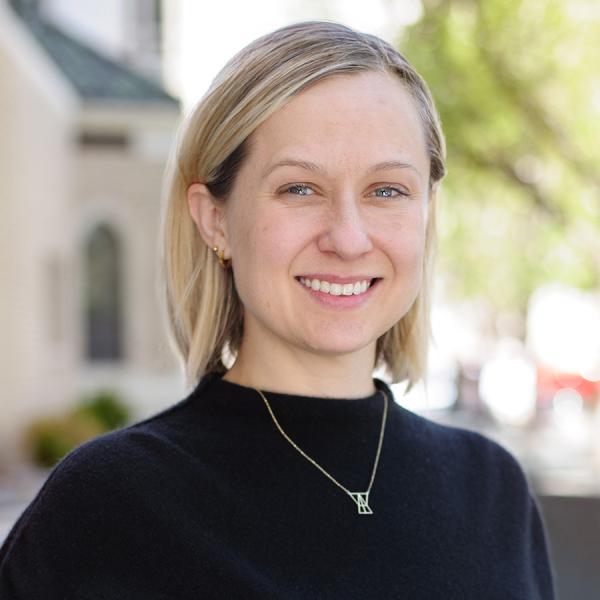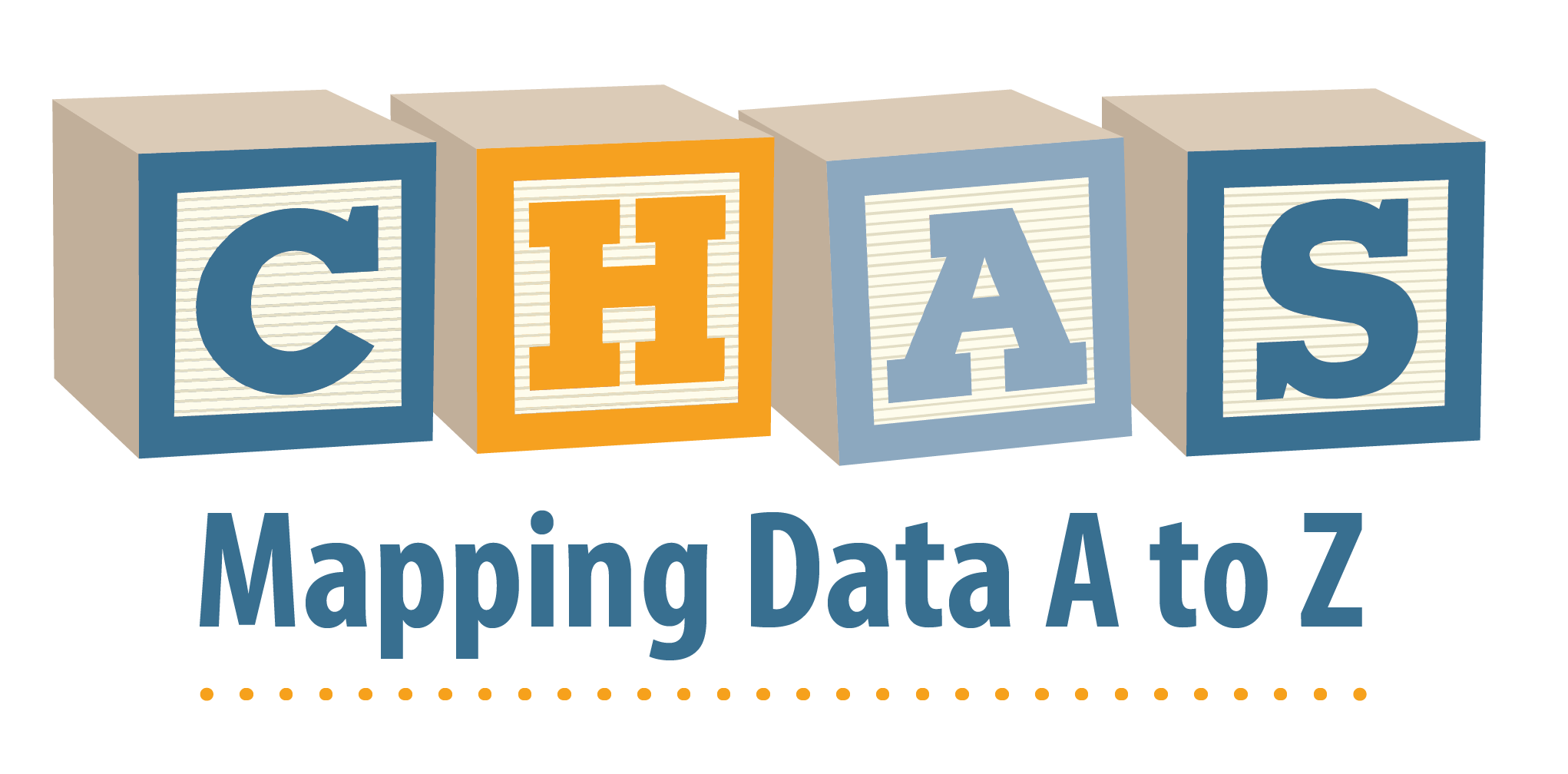In the health insurance world, the word “churn” has a much different meaning than the dictionary definition.

In 2015, every health statistics region in the state reported some degree of churn — a change in a person’s health insurance type or status in the past 12 months.
In the Eastern Plains counties of Lincoln, Cheyenne, Kit Carson and Elbert, nearly one of five residents reported insurance churn. By contrast, just one of 10 residents of Pueblo County and the southwestern part of the state experienced this situation.
Churn can occur for a number of reasons, including changes in income or failure to renew a policy. It can cause breaks in the continuity of care or gaps that leave someone without coverage for a period of time.
Overall, about 14 percent of Coloradans reported these shifts in status. Churn can represent a threat to steady insurance coverage.
But as it turns out, not all churn is bad.
Maybe you switched insurance because you got married and your spouse has a better policy. Or perhaps you didn’t have insurance before but now you’re covered because you got a new job or you qualified for a government program.
The majority (61 percent) of the Colorado population that experienced churn went from being uninsured to being insured. Another 27 percent switched policies but remained covered. On the flip side, about one of 10 residents experiencing churn statewide lost coverage. And in some regions, this was as high as one of four.
Are you feeling the churn? Read our analysis of the 2015 Colorado Health Access Survey to learn more about this and other important issues in our state. You can also email CHAS@coloradohealthinstitute.org with questions about the data or for additional information.



